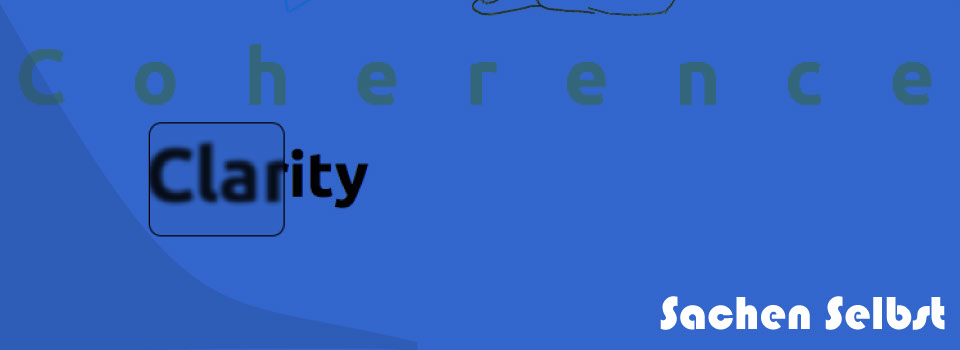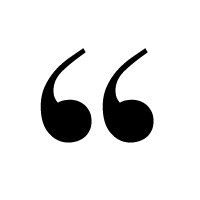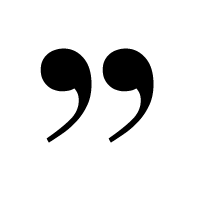
x
Contents
Home
Home
Home

(In)coherence

The bits thus don’t work together like parts in a well-formed organism or a purposeful mechanism or a well-formed narrative—the whole is not given, and things are always starting up again in the middle, falling together in another looser way.
(Rajchman 21-2)
It is not uncommon to find coherence somewhere on a rubric for evaluating student writing. Coherence is generally assumed to be desirable. I’m going to argue against that position, but first I’d like to articulate some of the work that’s been done on coherence.
Coherence is unique in that it is not an element of writing but rather a feature that consists of the relationships between various elements. Even paragraph breaks can provide coherence, by offering the reader a kind of dialogic relationship with the text (Smith). Coherence can be distinguished from cohesion, in that the former is a larger characteristic of an entire piece and the latter is an effect created in the relationships between specific, discrete elements (Witte and Faigley). Cohesion seems easier to study than the more nebulous idea of coherence.
Kathleen Blake Yancey has written about coherence throughout her scholarship, particularly with regard to assessing multimodal composition. In her 2004 “Looking for Sources of Coherence in a Fragmented World: Notes Toward a New Assessment Design,” Yancey articulates coherence as a kind of immaterial pattern among various concrete features: “In sum, coherence in digital compositions seems to be a function of a pattern that is created through the relationships between and among context, screen, image, the visual, the aural, the verbal, and with repetition and multiplicity as the common features” (95). Yancey outlines three types of coherence: word to word, word to context, and word to page. Word to word coherence is the sentence-, paragraph-, and text-level connections that make a composition hold together. Word to context coherence connects the text to the world; whether that is to just more words (intertextuality) or to a thicker, more material world is ambiguous in Yancey’s article. Finally, word to page coherence links the text with its delivery and (by my extension) its materiality.
In a more recent article, Yancey (along with coauthors Stephen McElroy and Elizabeth Powers) explains that coherence is of ambiguous origin: “The question of whether coherence is in the text or created by the reader has been taken up by others (e.g., Witte & Faigley, 1981). Here, we work from the assumption that both a text and a reader can contribute to creating coherence” (n4). However, nowhere does she question the value of coherence. Do we really want coherence? Can we even assess it if we did? These are the very questions to which Witte and Faigley offer a somewhat ambiguous answer:
While cohesive relationships may ultimately affect writing quality in some ways, there is no evidence to suggest that a large number (or a small number) of cohesive ties of a particular type will positively affect writing quality. All discourse is context bound—to the demands of the subject matter, occasion, medium, and audience of the text. . . . Indeed, our exploration of what cohesion analyses can and cannot measure in student writing points to the necessity of placing writing exercises in the context of complete written texts. Just as exclusive focus on syntax and other formal surface features in writing instruction probably will not better the overall quality of college students' writing, neither will a narrow emphasis on cohesion probably produce significantly improved writing. (202)
Witte and Faigley distinguish cohesion (surface mechanisms) from coherence (underlying relations). While cohesion can be studied and seems to contribute to quality writing, cohesion itself does not create quality. Coherence, on the other hand, depends largely on extratextual factors. Even when looking at coherence across a single text, it is the context that determines whether the text coheres or just repeats itself. The inside is the outside.
A decade later, Faigley would go on to write one of the most influential composition monographs of the nineties, Fragments of Rationality: Postmodernity and the Subject of Composition. The basic question of the book is, how does one write when there is no ONE (no stable, Cartesian subject) writing? In the final chapter, Faigley theorizes an ethical subject based on a rhetorical reading of Lyotard’s differend.
Under Faigley’s reading, Lyotard uncovers an under-researched core of rhetoricality, one that opposes coherence:
The advice of rhetoric following from Aristotle is to select and to limit, to discover the best available means of persuasion. I do not see Lyotard as attempting to overturn this tradition, but I do see him contesting the tyranny of coherence by investigating the politics of articulation. (239)
Coherence is not so much the opposite of difference as its ignorance (as in ignoring). We ignore difference in order to create coherence and then forget our ignorance. And this paying attention (rather than ignoring) creates ethical spaces within rhetoric: “Lyotard insists that ethics is also the obligation of rhetoric. It is accepting the responsibility for judgment. It is a pausing to reflect on the limits of understanding. It is respect for diversity and unassimilated otherness. It is finding the spaces to listen” (Faigley 239). I might correct his final phrase by making it slightly more Lyotardian: It is about creating spaces to listen and to look.
Lyotard has shown that this desire for coherence is hardly unmotivated. He ends Discourse, Figure with a quote from Freud: “In the technique of psycho-analysis, there is no need for any special work of synthesis; the individual does that for himself better than we could” (390; translation modified). Coherence resides in the false play of fort and da. It is the imagined control of the supposedly stable subject.
We do not need to teach our students to write coherently. They do that on their own. Most of what’s interesting in their writing is the incoherent, the paragraph that doesn’t belong but that says, “I could be a different essay, a better essay. I could say something.”
Against Yancey’s coherence, I would propose Deleuze’s individuation, a concept Yancey comes remarkably close to articulating herself. Paraphrasing and extending philosopher Todd May, Yancey writes, “Through practice, we compose identity, task by rhetorical task, moment by reflective moment. Identity is itself a composition” (“Postmodernism,” 757). And she’s absolutely right. However, we must also emphasize here that this composition is not a being but a becoming. As May writes elsewhere, “An ontology of difference is a challenge. To recognize that there is more than we have been taught, that what is presented to us is only the beginning of what there is, puts before us the greater task of our living. We have not finished with living; we are never finished with living. However we live, there is always more” (172). Clarity and coherence equally oppose May's more: clarity in saying there is nothing left out, coherence in saying that there are no gaps inside. Individuation, instead, looks outside and in for new spaces to fill and to create. It is writing as experimentation.

“best” is Faigley's inference


